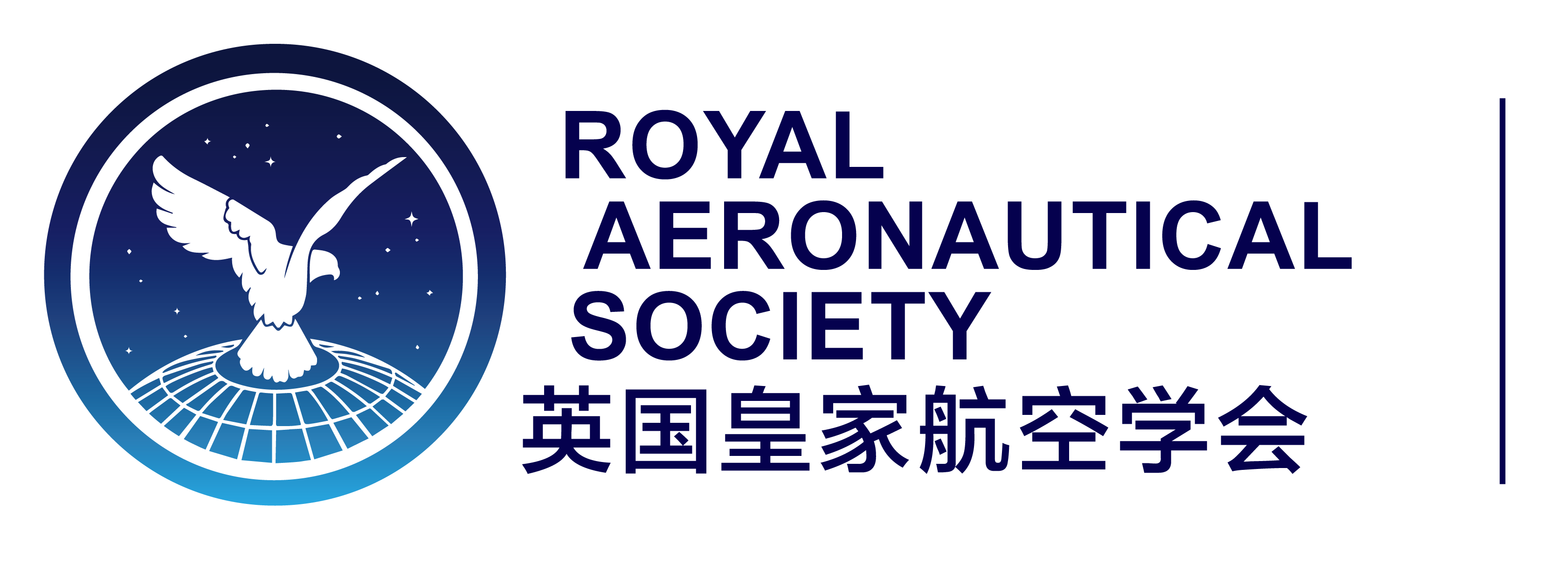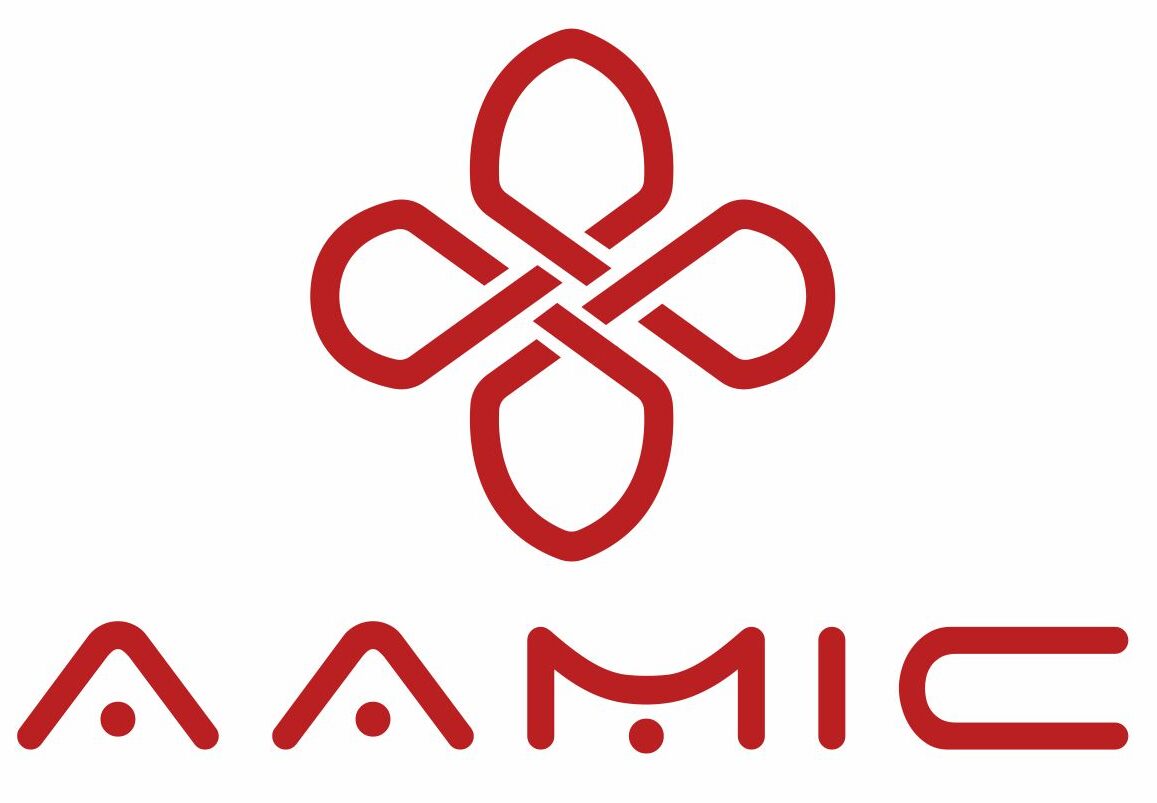Innovative ideas for AAM industrialisation to face supply chain challenges

As more and more startups enter the field,Opportunities to launch new Advanced Air Mobility (AAM) models leveraging emerging technologies are accelerating。However, for technology-driven manufacturers, Key challenges remain,For example,Is there sufficient supply chain capacity to support their industrialization?Director of Vendigital Paul AdamsReport.
Many organizations either fail to anticipate capacity growth requirements on the supply side,Or assume that once their technology is developed,There is enough time to address these needs.In a recent customer study,VendigitalResearched an original manufacturer of advanced green aerospace technology(OEM)Industrialization options under consideration,The technology is expected to be put into use by 2030.The OEM's implementation plan relied heavily on an existing SME supply chain,The study found,In the next five years,让The organization reaching full capacity will increase turnover tenfold,The number of staff will also need to increase fivefold.From a financial and operational perspective,This is obviously an unrealistic situation.In the research,As in many cases,Early engagement with a variety of suppliers can alleviate this problem by increasing the number of supplier options and opening up new technology or funding channels.In addition to managing supply-side risks,This approach can also help reach key milestones,This helps build confidence and facilitates financing.
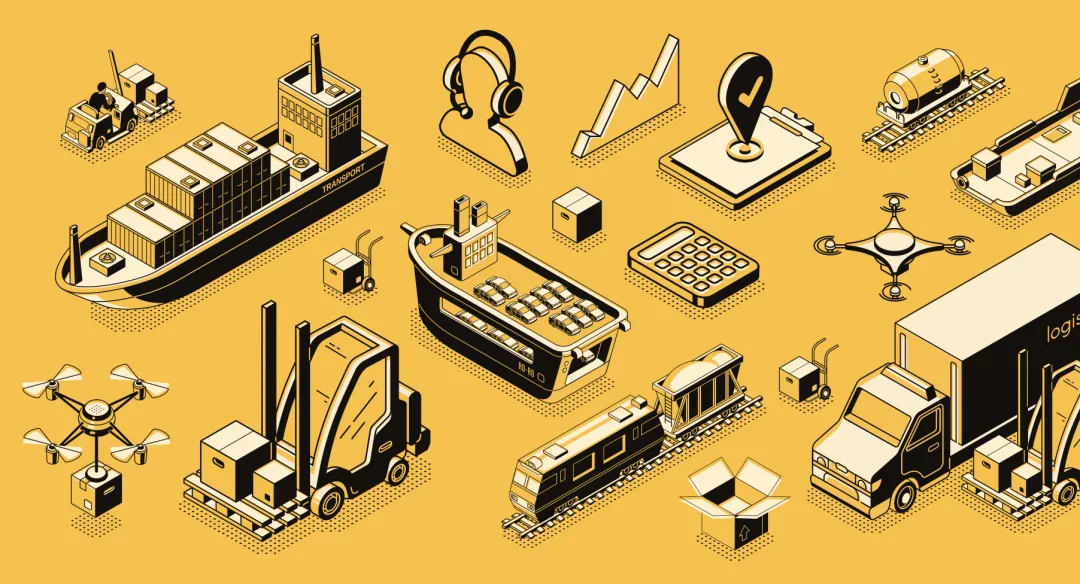
The electric vertical take-off and landing (eVTOL) aircraft market is growing rapidly,It is expected to reach US$30.8 billion by 2030,Growing from $11.3 billion in 2023.Market analysts said,Compared with other industries, the rapid growth trend of the eVTOL market has been less affected by the Covid-19 global epidemic. A clear sign of progress in the industry is the extent to which operators are ready to launch new services. For example,Zipline launched a new short-distance delivery system in the U.S. earlier this year,Ability to complete deliveries in as little as ten minutes within a 10-mile service radius from a single stop,Maximum load weight is 8 lbs. This Part 135 certified solution is one of many being developed by eVTOL organizations around the world,They may change our daily lives.
In the UK, ADS, the trade association for aerospace, defence, security and space organisations, called on the government to take a more decisive approach to setting UK policy and regulation,To avoid losing competitive position to technologically leading AAM and eVTOL companies.In a further development, Vertical Aerospace has become the first eVTOL manufacturer to receive Design Organisation Approval (DMO) from the UK Civil Aviation Authority (CAA) for its VX4 eVTOL The next step will be to obtain a type licence, which at least shows that there is a regulatory framework in the UK for designing and manufacturing electric aircraft.
One of the market factors driving the development of eVTOL, AAM and other technology-led products is the search for green alternatives.According to data from the International Energy Agency (IEA),2021,Aviation is responsible for more than 2% of global energy-related CO2 emissions,Many governments have set targets for net zero emissions,The pressure to reduce carbon emissions is increasing.Ultimately, the design and development of electric, hybrid and hydrogen-powered aircraft will pave the way for greener operating models that are more flexible and locally responsive.
Supply chain as a differentiator
供应链作为差异化因素
In any industry, industrializing innovative products quickly can be challenging. The challenges of Pratt & Whitney’s GTF engine are well known, with even the largest industry players finding the process challenging. In fact, it is often legacy, rather than novel, technologies that cause the most problems. For example, while the GTF engine’s gearbox has performed well to date, other parts of the engine, including the combustion chamber, are being blamed by customers for current issues. Smaller companies may struggle to address industrialization challenges such as these, which can affect their ability to secure supply of key systems and resolve technical issues as they lack bargaining power on the procurement and supply side. An effective supply chain strategy is therefore critical to supporting the path to industrialization.
Technology-driven manufacturers in this space should consider a variety of strategic options. For example, an electric vertical take-off and landing (eVTOL) manufacturer that is eyeing a fast-growing segment of the drone market (such as last-mile delivery) may be willing to award a key supplier a portion of its project in exchange for supporting the industrialization process. Contractually, this is often referred to as a “risk and revenue sharing” model because, in addition to having an incentive, the supplier must be willing to assume some of the risks associated with supporting a relatively new producer in an emerging market.
Prior to industrialization, technology-driven manufacturers have little experience to show for demand and order fulfillment, so they must rely on prototypes and mock demonstrations to attract the attention of suppliers and investors. German electric aircraft manufacturer Lilium showed a full-scale model of its Premier Edition aircraft in Geneva earlier this year, while Vertical Aerospace caught the attention of London's business community by displaying its Seraph eVTOL demonstrator at Canary Wharf.
Supply chain capabilities will become a key differentiator as investors have relatively limited understanding. Therefore, startups and other small-scale manufacturers in the space should look for ways to leverage technology and capabilities across the value chain while finding partners to support them in their long-term development path. Others may be absorbed by larger organizations, as demonstrated by Boeing’s recent acquisition of eVTOL startup Wisk. Planning for these scenarios ahead of time can give their business models a competitive advantage.
Meeting commodity challenges
大宗商品的挑战
In the UK, independently run Energy Systems Accelerators and Battery Industrialisation Centres are helping innovative SMEs working on battery technology development to address systemic barriers and de-risk their business plans. One of the companies is Faraday Battery, which is receiving tailored support to develop battery cells and packs for future cars, trains, buses and planes. Being able to use battery cells independently rather than just in packs means they could be suitable for a wider range of applications. The UK is a world leader in battery R&D but less well known for full industrialisation, as can be seen from some recent major challenges faced by UK battery company Britishvolt.
As a result, some aerospace organisations are taking their own steps. Meanwhile, Vertical Aerospace has opened the Vertical Energy Centre in Bristol, where staff are developing proprietary battery technology to achieve a higher power-to-weight ratio suitable for electric vertical take-off and landing vehicles. Both initiatives are expected to strengthen the UK’s market position in the electric vertical take-off and landing vehicle industry by providing a local source of supply.
Other important commodities in this sector include composite structures. The UK supply chain has good capabilities in composite manufacturing, particularly in supplying large civil aircraft programmes. However, with the current emergence of AAM and electric vertical take-off and landing vehicles, it may be difficult for the existing supply chain to establish a business case for electric aircraft manufacturers to develop composite parts. In addition to attracting existing large manufacturers, smaller original equipment manufacturers may also want to consider utilising secondary suppliers of composite manufacturing, who may have the specialist technical capabilities to support their product development. Of course, many of these businesses may often face liquidity issues or limited investment capacity. Therefore, it is necessary to liaise with organisations such as the National Composites Centre to explore ways to develop supply chain capabilities and access government funding.
Driving up capability
能力提升
For example, suppliers may need to prepare to assess the status of shipments and conduct risk assessments to determine what the costs will be if demand fails to meet expectations. Schedule risk analysis will accurately predict the impact of certain events on the final delivery date while identifying opportunities to streamline and accelerate delivery plans. Shop floor and supplier interviews can also serve as an effective way to gather intelligence to guide the development of a production plan that includes things like line capacity, product quality, maintenance, and equipment. With accurate information and the right tools to guide decisions, suppliers are well-positioned to quickly bring capabilities online and reduce risk in the process.
Some small-scale suppliers of custom parts such as batteries may need to start mass-producing components for electric aircraft manufacturers and other technology-oriented OEMs in the future. Understanding how to quickly achieve mass production without taking on too much financial or operational risk may determine the scope of the market opportunity for UK OEMs. These artisanal workshop-style businesses need to adopt a "can-do" mass-market mindset from the outset, focusing on modularity and standardization. To realize their potential, these small-scale producers need to think big and seek to build lean, green factories of the future.
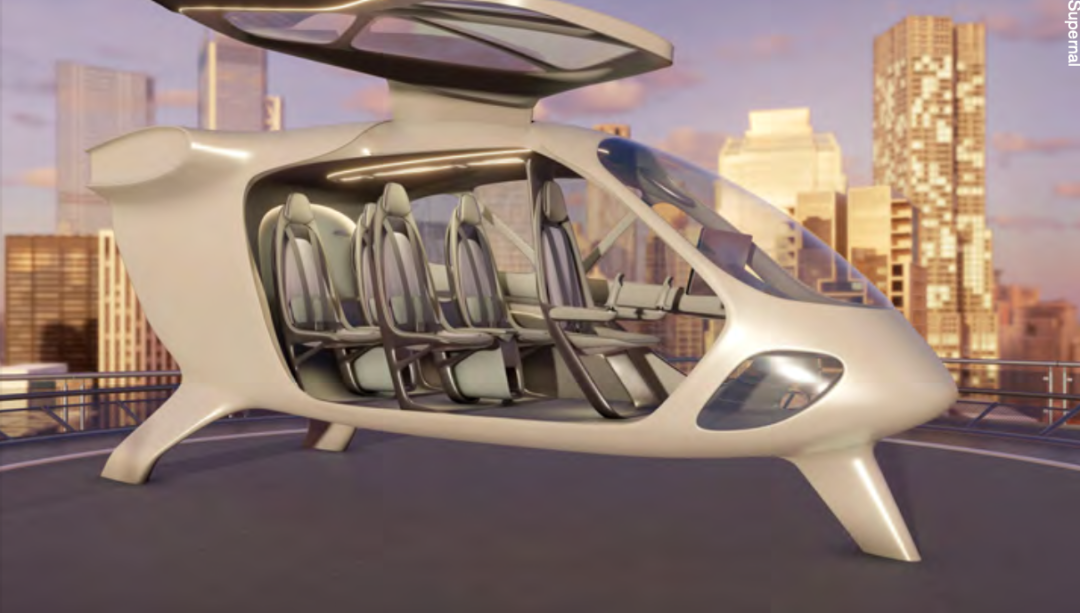
Leaner, localised and sustainable
更精益,更本地化及更可持续
Simply engineering a product to perfection without considering supply chain issues is not a sustainable business model.The technology-driven supply chain of the future will be very different from the one that currently serves large civil aircraft manufacturers. It will be more streamlined, localized and sustainable. To thrive, suppliers need to find industry partners with the right technology and manufacturing capabilities as well as engineering expertise to support their industrialization process. Together, they need to build an operating model that is ready for large-scale production, but in a more efficient and sustainable way.
